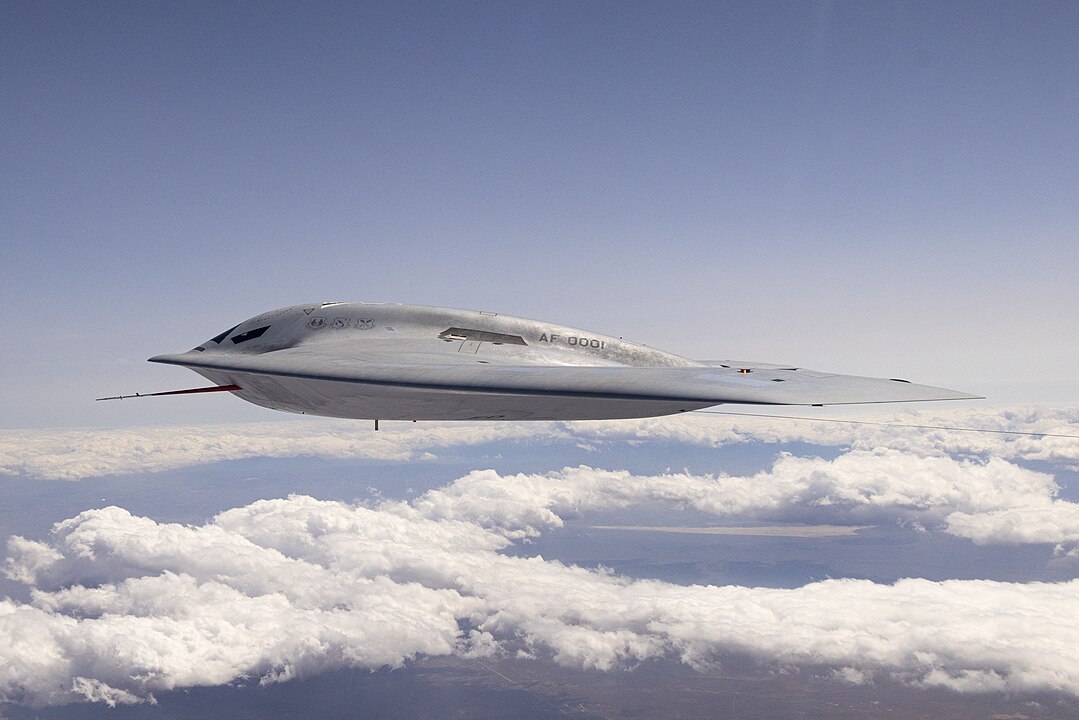The B-21 Raider arrived as a quiet silhouette with an oversized mission. Built by Northrop Grumman for the U.S. Air Force, this flying wing is designed to slip past dense air defenses and deliver precision strikes across the globe. Unveiled in Palmdale in Dec. 2022, it is dual capable for nuclear and conventional roles and meant to evolve as threats change. The program traces a long lineage of flying wings, folds in modern digital engineering, and aims to anchor a future bomber force alongside upgraded B-52s.
Flying Wings Before Radar Screens Could See Them

The Raider’s roots run to early flying wing research on both sides of the Atlantic. In Germany, the Horten brothers pursued sleek, tailless shapes, culminating in the Ho 229, a jet powered wing with low radar returns for its day. Only prototypes flew before war’s end, yet the idea proved sound. A minimal cross section, smooth edges, and buried engines hinted at a future where shape and materials could hide an aircraft long enough to finish the job and vanish.
Northrop’s First Wings And A Hard Pause
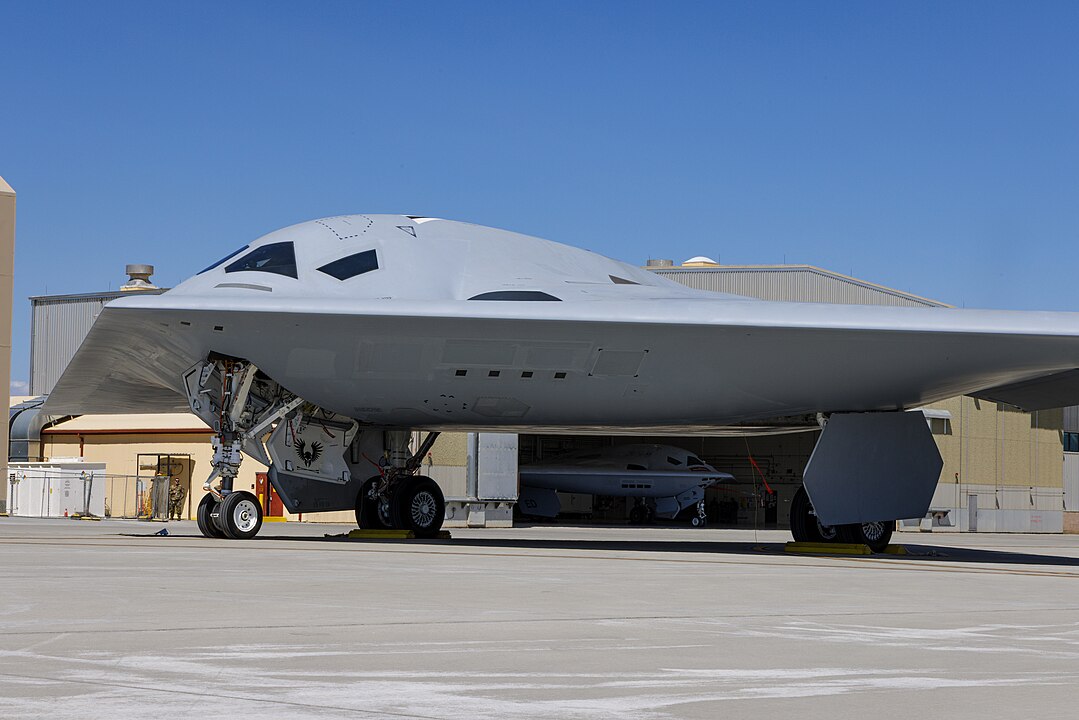
In the United States, Jack Northrop chased the same dream. His team built the piston powered XB 35 and the jet powered YB 49 with an immense span and eight turbojets. Tests reached about 40,000 feet and long range, and even then radar noticed less than expected. Technical hurdles and engine reliability, plus a shift to more conventional bombers, ended the program by 1950. The concepts went dormant, but the promise stayed, waiting for controls and materials to catch up.
B-2 Spirit Turns Concept Into Combat Power
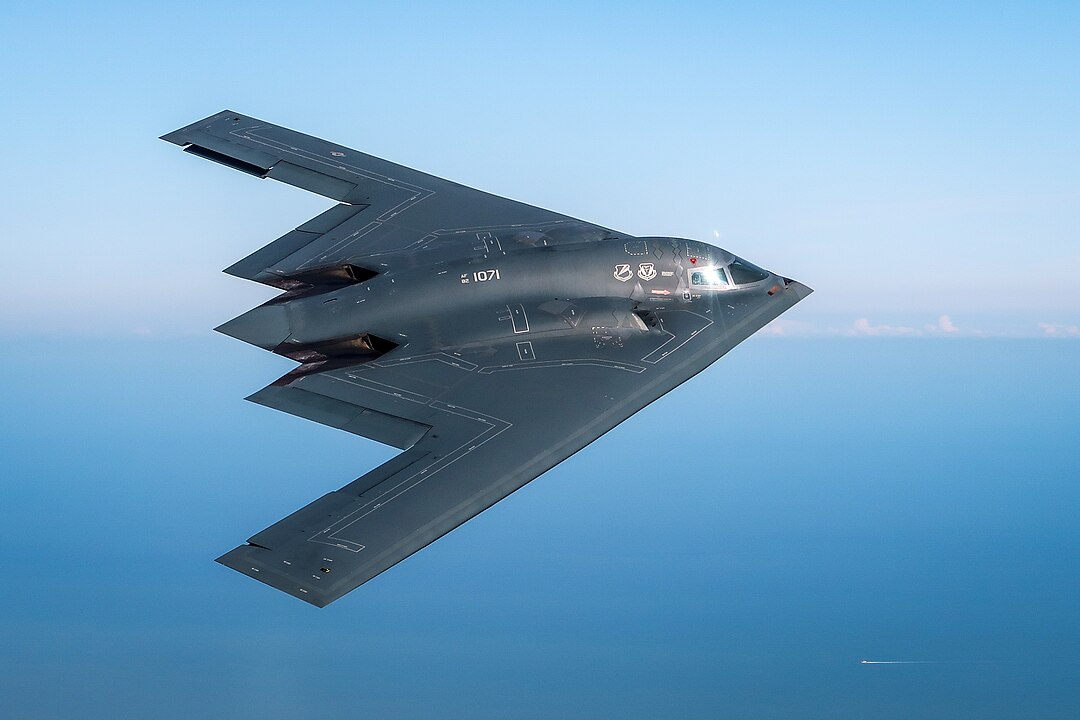
The flying wing returned with the B-2 Spirit, first flown in 1989 and built in a fleet of twenty one. Modern fly by wire controls and composites delivered the world’s first operational stealth bomber, able to carry nuclear gravity bombs and conventional munitions with minimal detection. Combat in Kosovo and later Middle East strikes proved the value. Costs above two billion per jet and delicate coatings that needed climate controlled hangars kept numbers small and sustainment demanding.
Why The B-21 Exists At All
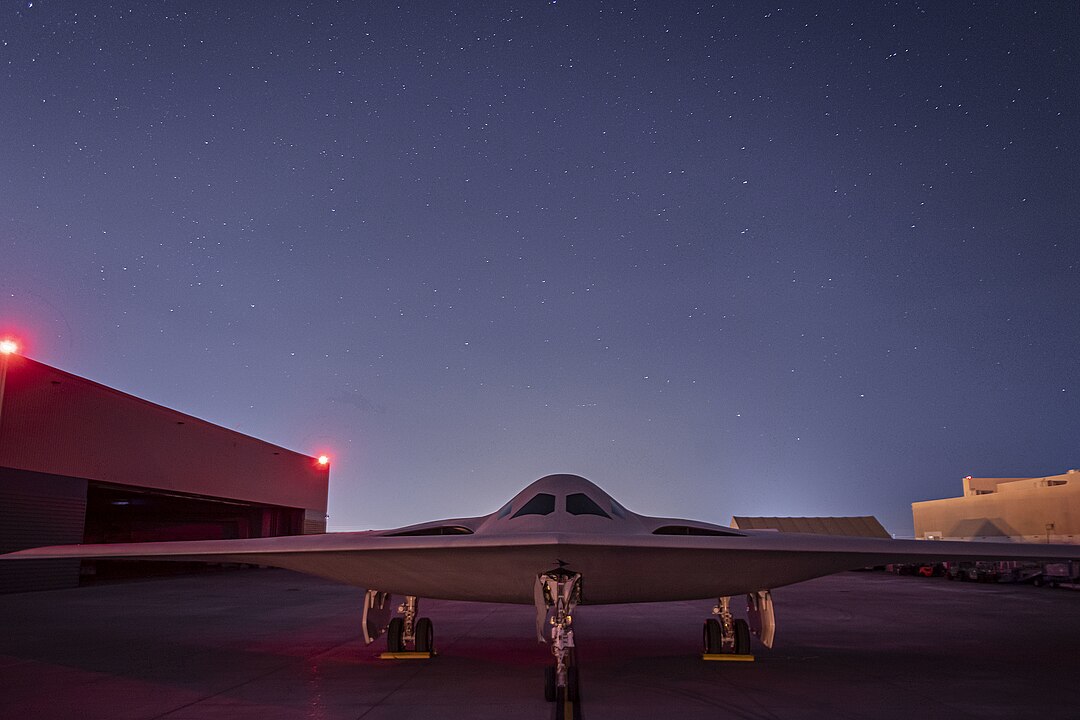
The B-21 sits roughly two generations beyond the B-2 in materials, coatings, and design philosophy. It looks like a smaller cousin but leans on three decades of computing and systems engineering to boost efficiency and reduce cost. Maintainability was a design goal from day one. More durable low observable treatments and simpler support needs mean no specialized climate controlled hangars. The heart of the idea is persistence and availability, not just pure stealth on a test range.
From LRS-B To Rollout
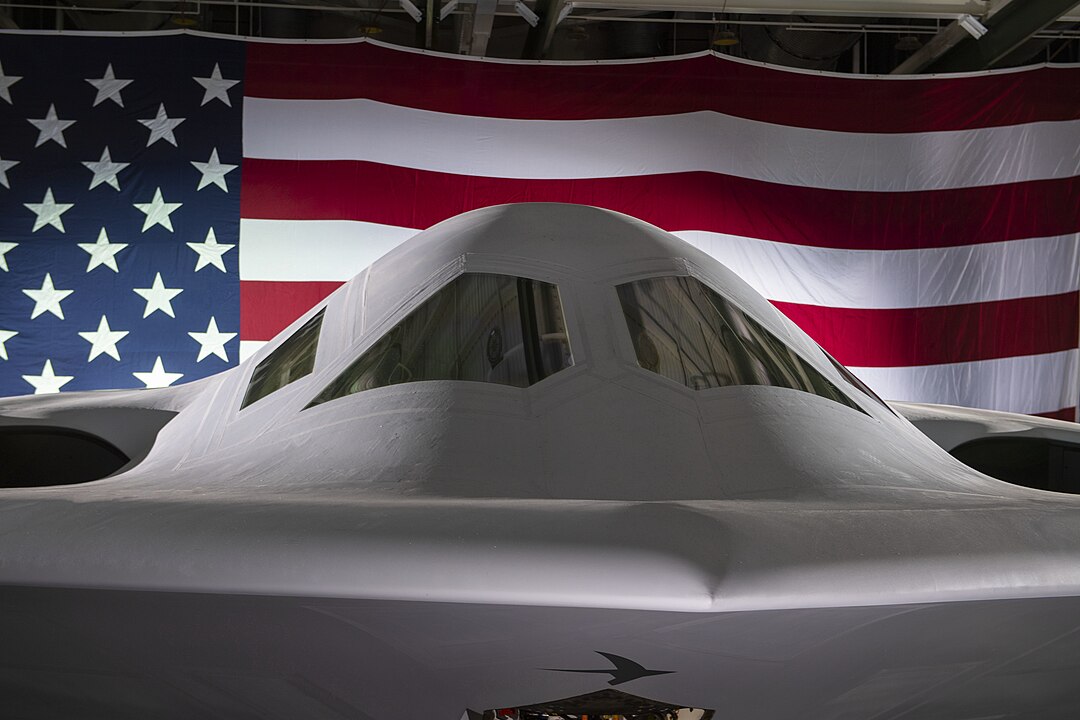
The Air Force launched the Long Range Strike Bomber effort in the 2010s to replace B-1s and B-2s with an affordable, survivable platform. Northrop Grumman won the contract in Oct. 2015 under the Rapid Capabilities Office, keeping development tight and focused. The public saw the jet in Dec. 2022, revealing a sleek wing with a shallow W trailing edge. Specs remain classified, but the plan called for a platform that adapts fast, upgrades cleanly, and holds value across decades.
Size, Crew, And Open Architecture
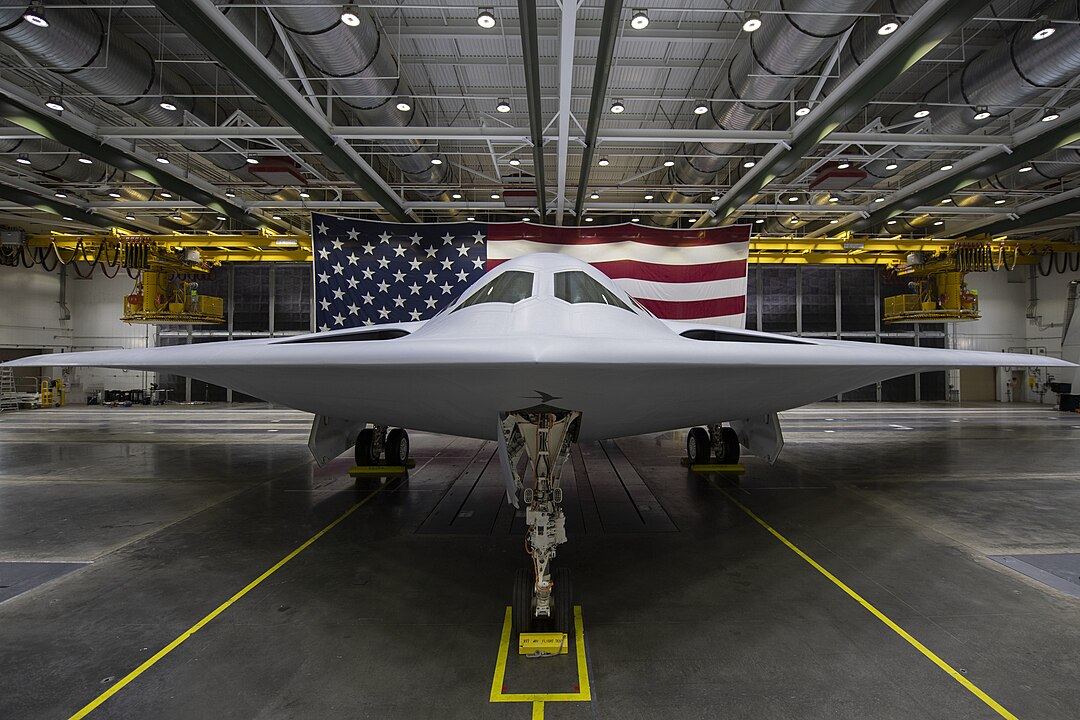
Public hints suggest a wingspan under 150 feet and a payload near 30,000 pounds, sized for a two person crew. Provisions exist for future unmanned operation. The open systems architecture is the key: sensors, software, radios, and processors can refresh without redesigning the airframe. That approach shortens upgrade timelines and keeps the aircraft relevant as threats shift. The result is less museum piece, more living platform, tuned to absorb new tools as they prove themselves.
Dual Capability And Global Reach
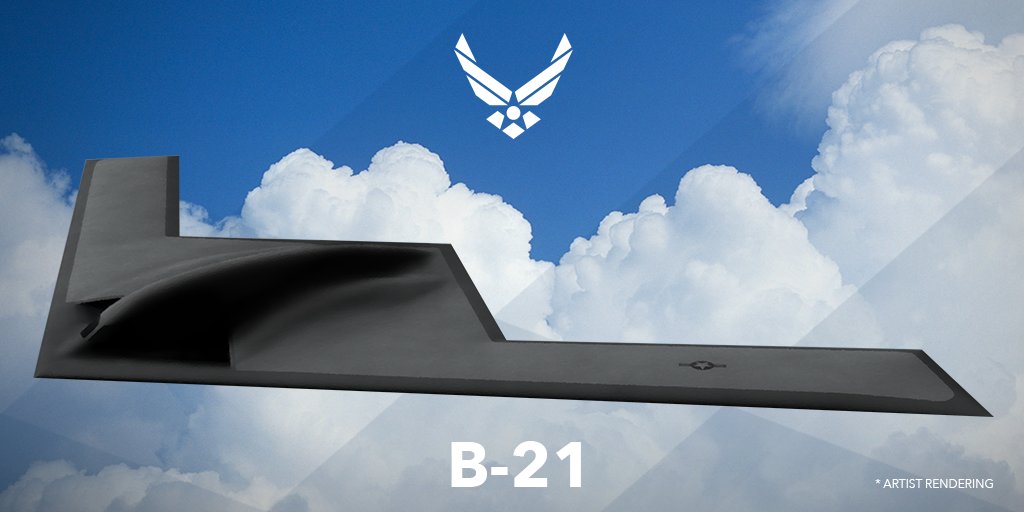
The Raider is built to be dual capable. Two internal weapon bays protect signature while carrying standoff missiles or direct attack ordnance, letting one airframe handle deterrence and tactical strike. Although performance data is classified, the Air Force states the B-21 has the range, access, and payload to hold any target at risk in contested airspace. Aerial refueling and careful routing extend that reach, pairing stealthy entry with flexible loadouts that match policy and the problem at hand.
Stealth, Sensors, And Electronic Attack
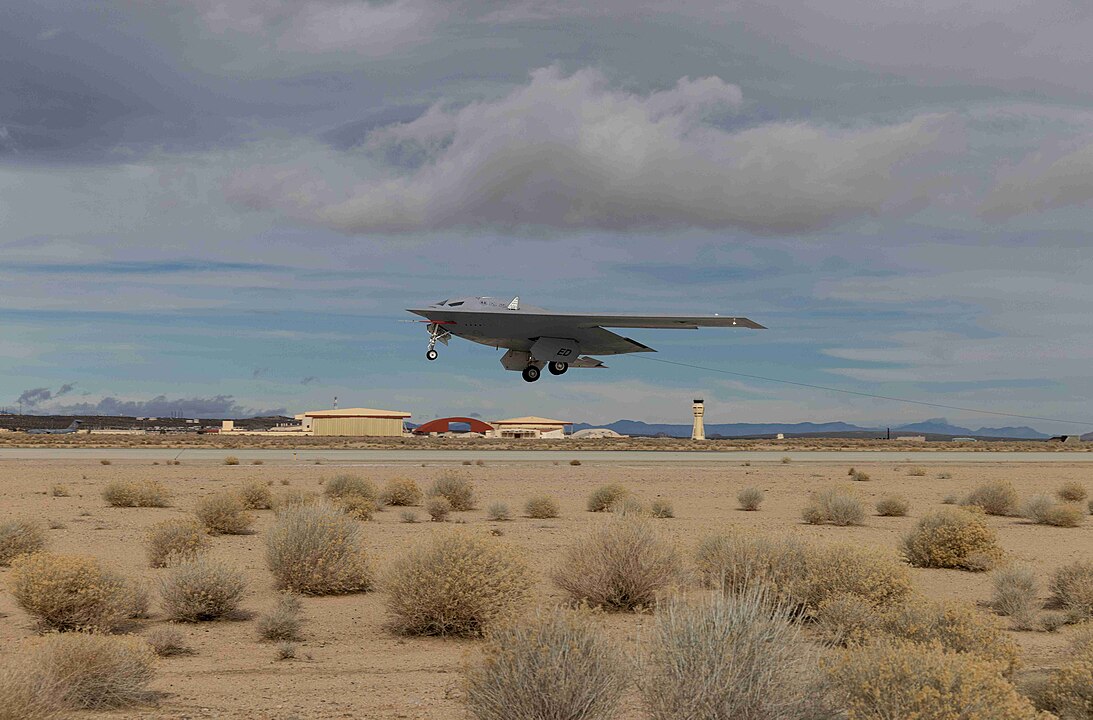
Low observability advances in shaping and materials aim to shrink radar cross section below previous bombers. Those features combine with sensor fusion and electronic attack to complicate detection and engagement. The goal is not invisibility, but a stack of advantages that shorten exposure and raise enemy uncertainty. When a network struggles to track a target, missiles and shooters lose timing. The B-21 tries to live in that gap, where precision remains and defenses fall behind the moment.
